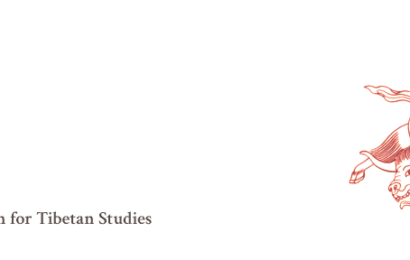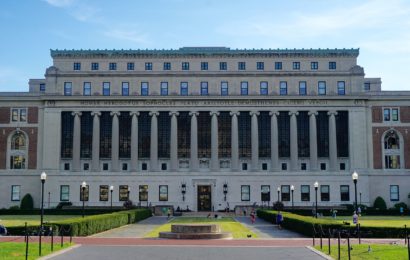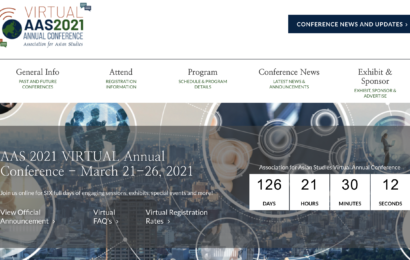NAMGYAL INSTITUTE OF TIBETOLOGY
རྣམ་རྒྱལ་བོད་ཀྱི་ཤེས་རིག་ཉམས་ཞིབ་ཁང་།
Since its establishment in 1958, the Namgyal Institute of Tibetology has sponsored and promoted research on the religion, history, language, art and culture of the people of the Tibetan cultural area which includes Sikkim. The NIT library holds one of the largest collections of Tibetan works in the world outside Tibet and a museum of Tibetan iconography and religious art. It has published the Bulletin of Tibetology since 1964 and numerous books over the years.
The site on which the institute was established was donated by the late Chogyal (king) of Sikkim Sir Tashi Namgyal. The foundation stone of the institute was laid by the 14th Dalai Lama on the 10th of February 1957 and the institute was declared open by the late Prime Minister of India Pandit Jawaharlal Nehru on the 1st of October 1958. The institute’s main building is an imposing monument and a splendid example of Sikkimese architecture.
In the summer of 2002, the NIT’s new director, Mr Tashi Densapa, undertook to expand the Institute, restructure its research wing and open its doors to international collaboration. This is being done through the creation of new research and fellowship programs, the holding of lecture series, seminars and international conferences, the publication of the Bulletin of Tibetology, monographs and conference proceedings, and through collaboration with foreign scholars. The institute has become a dynamic research centre in the Eastern Himalayas actively promoting Buddhist and Tibetan Studies, including its sub-field of Sikkim Studies. In order to help him achieve this, Mr Densapa appointed Tashi Tsering (Amnye Machen Institute, Dharamsala) as part-time Consultant and a number of new academic staffs over the years (see staff list).
The NIT has undergone a general expansion of its infrastructure and facilities. The construction of a new building housing a conference hall, a library, study rooms, studios and an administrative wing was completed and inaugurated by H.E. Shri Balmiki Prasad Singh Governor of Sikkim on 25 September 2008 as part of the Institute Golden Jubilee Celebrations
The current research field Institute:
- The Social History of Sikkim (1661-1900): Studies from the Palace Archive
- Ngorpa Denrab (77 Successive Throne Holders of Ngorpa Tradition)
- An Insight into the Life and Deeds of the 10th Chogyal Sidkyong Tulku (1879-1914)
- Translation of Denjong Neyig (Prediction Guide to the Sacred Hidden Land)
- Translation of Life of Guru Padmasambhava into English
- Buddhist Practices: Guideline Instructions on the Buddhist Way of Daily Practice
- English Translation of the Tibetan Text: ‘Red Annals: Historical Background on the Spread of Buddhism in India and Central Asia’
- Contribution of Tibetan Lamas to Sikkim
- Research on Gomchens and Rechens of Sikkim
- Documentation of Oral Tradition and Genealogy of Leading Families of Sikkim
- Visual Sikkim: Historic Photographs of Sikkim
- The Sikkim Video Archive
Read detail: https://tibetology.net
2010 CONFERENCE
Science, Spirituality and Education
International Conference organized by the
Namgyal Institute of Tibetology
Under the Auspices of the Government of Sikkim
Gangtok, Sikkim, India
20 – 23 December 2010
In December 2010, His Holiness the 14th Dalai Lama visited Sikkim and presided over the opening of an international conference on Science, Spirituality and Education (20-23 December 2010). The conference, organised by the Namgyal Institute of Tibetology under the auspices of the Government of Sikkim, laid the foundations for Sikkim’s efforts to formally introduce concepts of moral ethics in its school curriculum. It provided a forum for scientists, Buddhist scholars, educators and representatives from local schools and government to explore and begin to understand the brain and its plasticity, the mind and its possible transformation, the art and science of meditation together with the importance of social emotional learning and moral ethics in the field of education. The conference was followed by a workshop on how the presented findings could best be implemented in order to bring about positive changes in the modern education system.
As stated in a press release: “The inauguration of the conference by His Holiness is apt because he has always evinced a keen interest in science, and drawing from his advanced understanding of theosophical matters, often commented that science and spiritualism are not contradictory to each other and could in fact collaborate to explain things more completely. He is a leading proponent of Mind & Life Sciences and has consistently reiterated that complete education requires a sound rooting of students in spiritualism and the concepts of morality and ethics… In fact, one of the reasons which convinced His Holiness to make time to visit Sikkim for the Conference was the State Government’s interest to implement the findings of the Conference to schools in Sikkim.”
The future conferences and seminars are yet to announce. The updates can be followed on our facebook page: Sikkim’s Proverbs & Sayings







